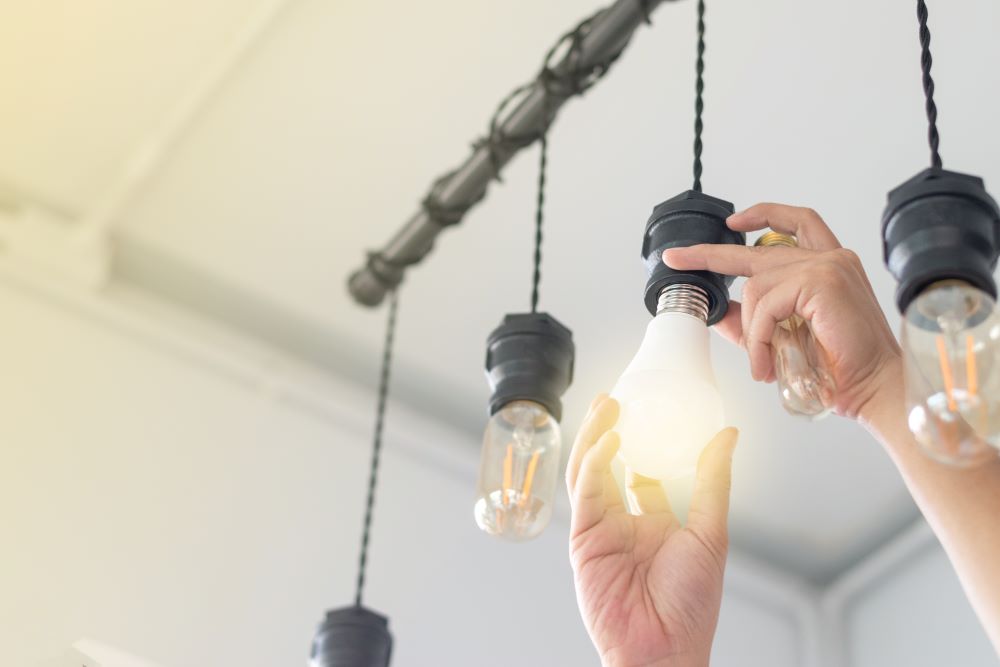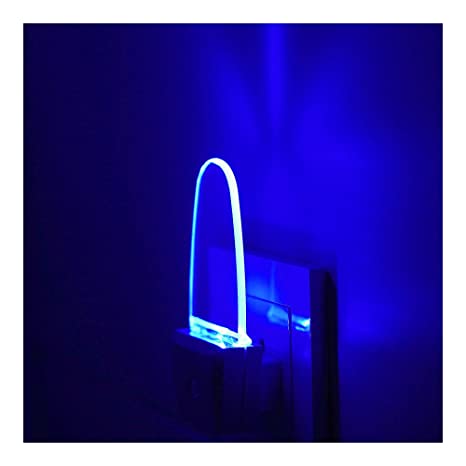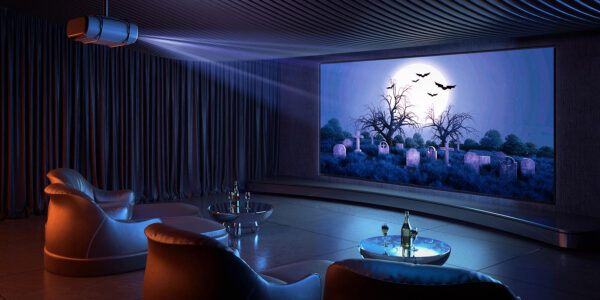Television viewers who have switched from cathode ray tube technology to high-definition flat panel screens will appreciate the difficulty of making the right decisions to get the greatest benefits from the transition from old to new technology. The transition from existing incandescent or fluorescent fixtures to modern LED lighting can be equally confusing. The dizzying array of new LED lighting options and technologies can frustrate all but the most savvy consumers. Factory Direct LED, the premier online source for LED bulbs and fixtures, has prepared these 5 Tips for Choosing LED Lighting Fixtures.
5 Tips for Choosing LED Lighting Fixtures
1. Consider Lumens, not Watts
Incandescent bulbs are typically rated in terms of their wattage, which is a measure of how much power they consume to generate a given amount of light. LED’s are significantly more efficient than incandescent or fluorescent bulbs and generate the same or better illumination with a fraction of that power consumption. Different LED technologies lead to different efficiencies and LED bulbs are therefore rated in terms of their lumens, which is a measure of how much light a bulb generates when Choosing LED Lighting Fixtures. A lighting designer can provide guidance on how many lumens needed in any specific area, and you should select an LED that generates the recommended lumen amount.
2. Old Dimmers May Not Work with New LED’s
Dimmers for incandescent fixtures work by changing the voltage potential across the bulb’s filament. That technology might work with some, but not all LED’s. If you want the option to dim your LED bulbs, you will likely get better dimming performance from LED’s that are specifically made to be dimmable with dimmer switches that are specific to LED’s.
3. LED’s Give You a Broad Range of Color and Temperature Options
Older light fixtures were most commonly available with white-colored lighting that was described as “cool” or “warm”. The color temperature of an LED or other light source does not refer to the fixture’s physical temperature, but instead describes the warmth or coolness sensations created by the fixture. Somewhat paradoxically, a light source that is described as being “cooler” has a higher color temperature than a “warm” light source. Generally, cooler light sources generate more blue wavelength light, and warmer sources generate more orange and yellow wavelength light. Again, your lighting designer can provide more guidance on selecting the right lighting color temperatures for your application.
4. Where Do You Want the Light?
Your upfront costs for LED fixtures will be higher, but you will recover those costs through lower electrical utility power bills. LED’s are therefore best installed in areas where they will be powered on for longer periods of time. You can also accomplish better directionality with LED lighting and the light beams from an LED fixture can be more effectively-directed to illuminate discrete areas. You may also be able to use fewer LED fixtures to generate the same or more light than the equivalent number of incandescent or fluorescent fixtures.
5. LED’s Come in a Greater Variety of Fixture and Bulb Sizes.
Traditional light bulbs were available in a limited range of shapes and sizes. The available shapes and sizes of LED bulbs and fixtures are several orders of magnitude greater than those for traditional bulbs. This variety gives you greater lighting design and style options, but it can also add to your confusion when you are making your choices. Be prepared to integrate your LED choices as a functional part of your overall room design, rather than just as an adjunct source of light.







